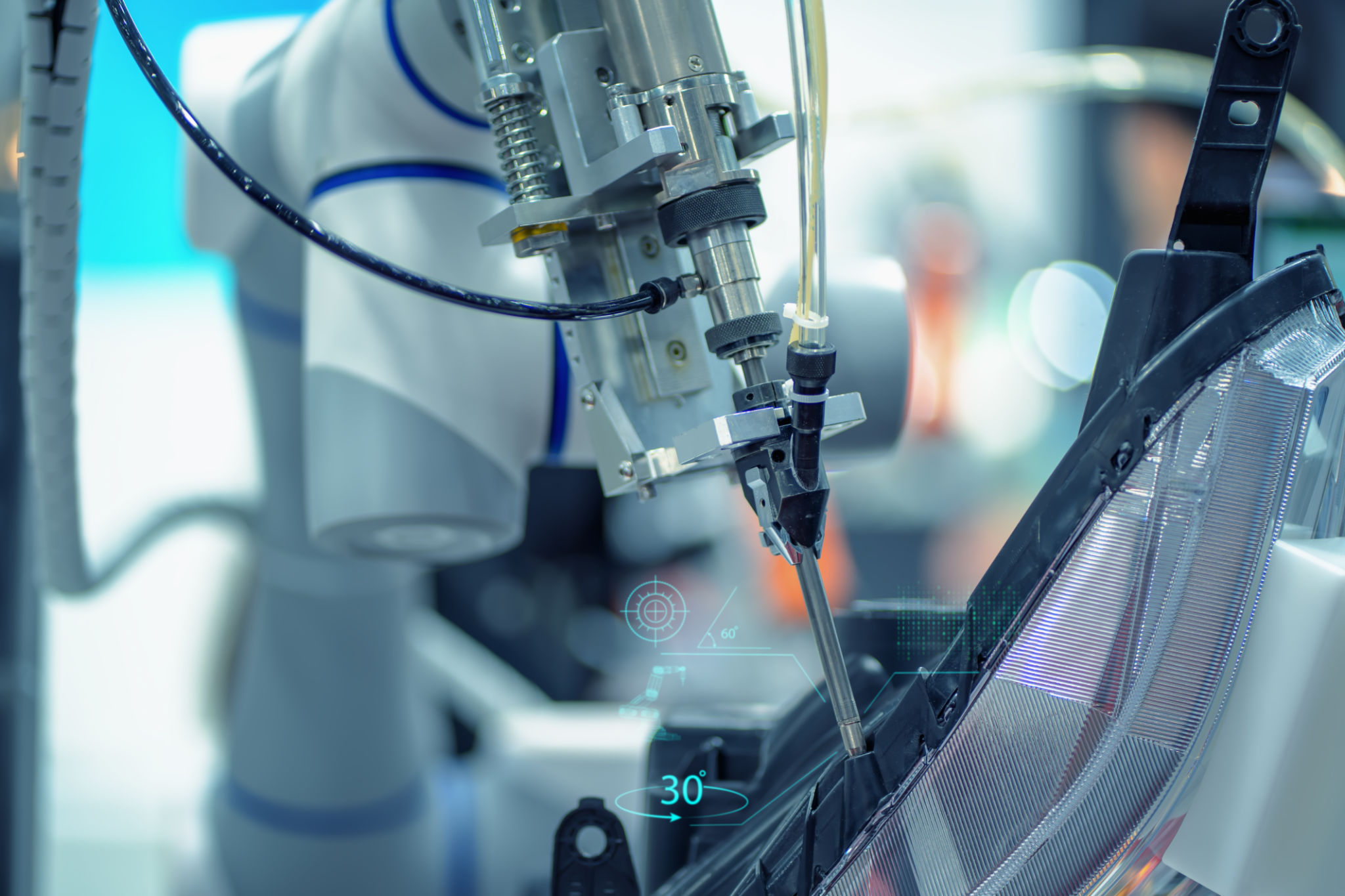The Ultimate Guide to CNC Machining for the Aerospace Industry
Introduction to CNC Machining in the Aerospace Industry
Computer Numerical Control (CNC) machining has revolutionized the aerospace industry by enhancing precision and efficiency in manufacturing complex components. This technology allows for the automation of machine tools through computer programming, which is crucial in meeting the stringent demands of aerospace production. As aircraft designs become increasingly complex, CNC machining provides the solutions needed to create intricate parts with high accuracy.

The Importance of Precision and Accuracy
The aerospace sector requires components to be produced with exceptional precision to ensure safety and performance. CNC machining offers the capability to fabricate parts with tolerances as tight as 0.0001 inches. This level of accuracy is vital for components such as turbine blades and engine parts, where even the slightest deviation can lead to significant issues. By utilizing advanced software and CNC machines, manufacturers can consistently produce components that meet these exacting standards.
Reducing Human Error
One of the primary advantages of CNC machining is its ability to minimize human error. Traditional manufacturing methods rely heavily on manual operation, which can result in inconsistencies. CNC machines, however, follow precise programming instructions, reducing the likelihood of mistakes. This not only improves product quality but also enhances overall production efficiency.
Materials Used in Aerospace CNC Machining
The aerospace industry requires materials that are both lightweight and durable. CNC machining is compatible with a wide range of materials, including:
- Titanium
- Aluminum
- Stainless steel
- Composite materials
Each of these materials offers unique properties that make them suitable for different aerospace applications. For instance, titanium is renowned for its strength-to-weight ratio, making it ideal for aircraft components.

Applications of CNC Machining in Aerospace
CNC machining is utilized in various aspects of aerospace manufacturing. Some common applications include:
- Engine components: CNC machines produce precise parts for jet engines, including compressor blades and combustion chambers.
- Structural components: These machines craft strong yet lightweight parts for airframes and fuselage sections.
- Avionics: CNC machining is essential for creating intricate parts for navigation and communication systems.
Prototyping and Tooling
In addition to production, CNC machining plays a critical role in prototyping and tooling. Rapid prototyping allows for the quick development and testing of new designs, accelerating the innovation process. Furthermore, CNC machines create specialized tools and fixtures required for assembling aircraft components, ensuring precision at every stage of production.

The Future of CNC Machining in Aerospace
The future of CNC machining in the aerospace industry looks promising as technology continues to advance. Innovations such as 5-axis machining and the integration of artificial intelligence are set to enhance capabilities even further. These advancements will allow for even more complex and precise components, paving the way for new possibilities in aircraft design and performance.
Moreover, as the industry moves towards sustainability, CNC machining will play a crucial role in reducing material waste. By optimizing production processes and improving material utilization, manufacturers can minimize their environmental impact while maintaining high standards of quality and efficiency.
Conclusion
CNC machining is an indispensable tool in the aerospace industry, offering unparalleled precision, efficiency, and versatility. As technology continues to evolve, CNC machining will remain at the forefront of aerospace manufacturing, driving innovation and ensuring the production of safe and reliable aircraft components. Embracing these advancements will be key to meeting the future demands of the ever-growing aerospace sector.

